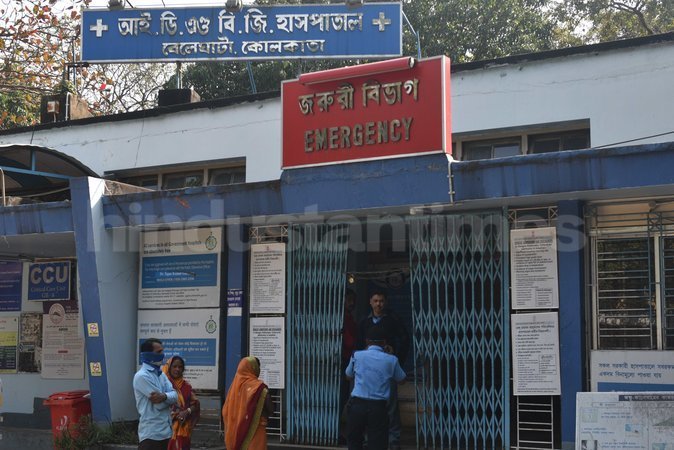From Cholera to Covid: The Untold Journey of Beleghata ID Hospital

Dubela, Annrisha Kusari: One of the most well-known public hospitals in Kolkata is the Infectious Diseases and Beliaghata General Hospital, commonly known as Beliaghata ID Hospital. Run by the government, it was established in 1957. It is a prominent healthcare institution that initially specialized in the treatment of infectious diseases. Over time, it evolved into a teaching institution, offering nursing training programs and postgraduate courses. This hospital has played a significant role in managing public health challenges over the years, especially during the COVID-19 pandemic. It was the first government facility to be converted into a dedicated COVID center. During that time, doctors slept in PPE kits, nurses cried in corners, and families waited for days outside the blue gates—often with no answers.
But not all stories from inside are about healing. Yet, the spirit of the hospital continues to shine. Staff members keep working tirelessly, and patients from across Bengal come here with hope. Recent developments have brought the hospital back into the spotlight. In 2022, West Bengal’s first rabies detection center was inaugurated here, improving rapid diagnosis and response. The hospital also introduced special ambulances for infectious patients, a major step forward in ensuring safe patient transport.
However, like many government hospitals, Beliaghata ID Hospital continues to face challenges such as high patient loads and limited manpower. In some cases, there were concerns over missing patients and infrastructure issues, which led authorities to consider upgrades and better safety protocols. This is a hospital where both science and survival coexist. As Kolkata grows and public health demands increase, the ID Hospital remains a vital and evolving part of the city’s medical landscape. It may not make headlines often, but its legacy speaks for itself.





